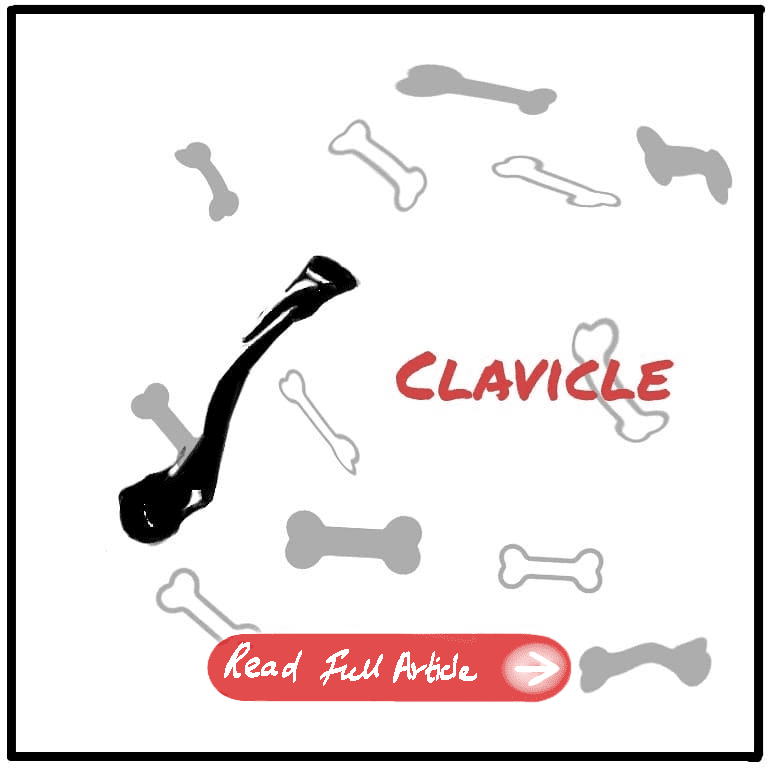The clavicle, commonly known as the collarbone, is a slender, S-shaped bone located in the upper chest. Connecting the sternum (breastbone) to the scapula (shoulder blade), the clavicle plays a vital role in providing support, stability, and mobility to the shoulder girdle. Its unique shape and position allow for a wide range of arm movements, making it an integral part of the upper body’s skeletal structure. In this article, we delve into the fascinating world of the clavicle, exploring its anatomy, function, and its significance in maintaining proper shoulder mechanics. Join us as we unravel the secrets behind this remarkable bone and its role in the overall structure of the human body.
Special Features of the Clavicle
Clavicle is an exceptional bone for quite a few reasons
- It transmits the weight of the upper limb to the sternum.
- Only long bone that lies horizontally.
- Subcutaneous throughout its length.
- Two ends (medial and lateral) and cylindrical shaft.
- The supraclavicular nerves crossing it can be rolled against the bone.
- First bone start ossifying. (MCQ)
- Only long bone which has membranous ossification.(5-6 weeks)
- Generally no medullary cavity.
- Not present in all mammals.
- The clavicle is a not a site of hemopoiesis in the fetus, as it doesn’t have a medullary cavity.
- It is the only long bone which has 2 primary centres of ossification.
Side Determination
- Medial – quadrangular, articulates with the clavicular notch of the manubrium sterni
- Lateral – flattened from above downwards, bears a facet to form acromioclavicular joint.
- Anterior – medial 2/3rd convex forward, lateral 1/3rd concave forward (S shaped)
- Posterior – divisions of brachial plexus
- Inferior – subclavian groove in middle 1/3 for subclavian artery, which is protected by subclavius muscle (SPOT). Lateral 1/3 have conoid tubercle and trapezoid line
- Superior – smoother than inferior.
Clinical Points
Fracture
Fracture of clavicle can damage subclavian artery
Most commonly fractured bone in the body (falling on outstretched hand)at the junction between medial 2/3rd and lateral 1/3rd (the weakest point). In the case of a fracture, the lateral fragment is depressed by gravity and drawn medially by muscle spasm of adductors, Teres Major, Lattisimus Dorsi and Pectoralis Major. But, the medial fragment is slightly elevated by sternocleidomastoid. Trapezius is unable to support the weight of the arm. Therefore, the patient support his sagging upper limb with opposite hand.

Cleidocranial Dysostosis
Absence of both clavicles. The Shoulders can be protracted to touch each other, as shown in the picture.








Leave a Reply